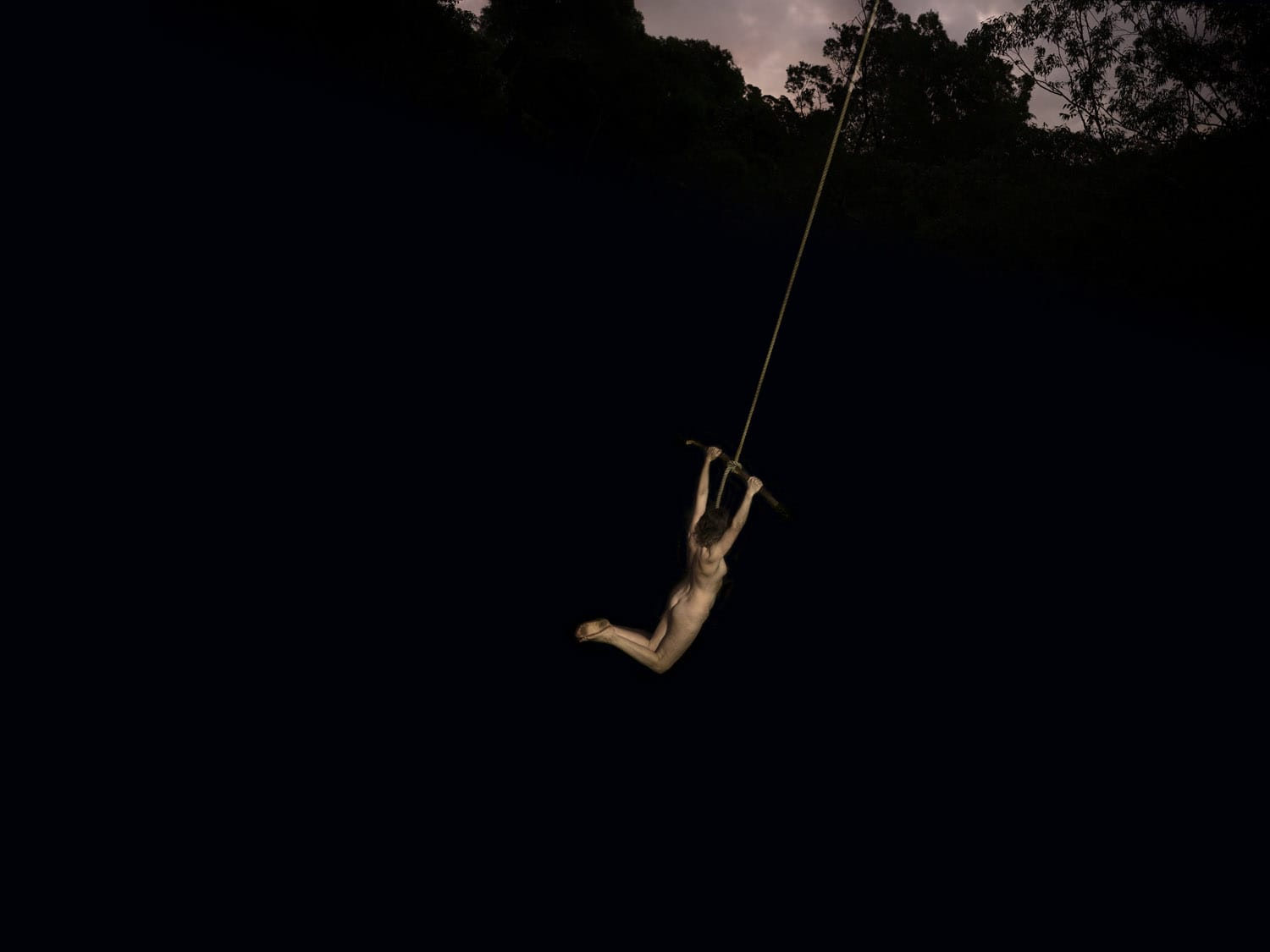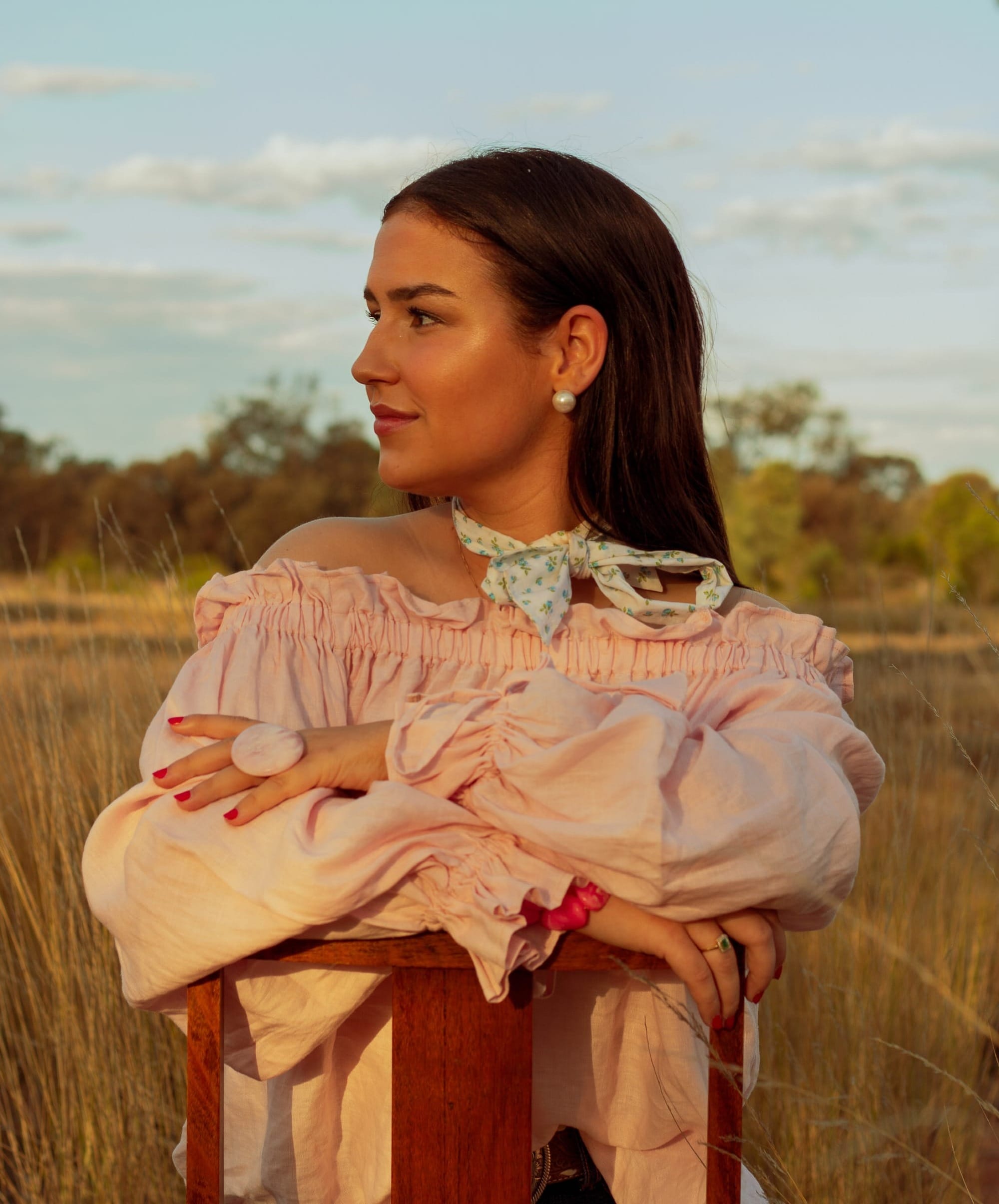
Plus how to kill a spider. Welcome to Galah Weekly, our newsy newsletter keeping you up to date with regional headlines that matter, plus other delightful things from life beyond the city. By Anna Rogan, who spent an entire afternoon researching the home towns of Australian Olympic medalists.
In news that will come as a surprise to no-one, a new report has revealed there are not enough GPs to meet the growing healthcare needs of Australians, and those living in regional and remote areas are the worst affected by the shortfall.
According to the federal government report, the current national workforce of 39,449 GPs is insufficient to cope with demand driven by an ageing population and rising incidences of chronic diseases. Australia is currently short by about 2460 full-time equivalent GPs, and this figure is predicted to rise to 5560 by 2033.
The report was released as GPs gathered in Tasmania to call for action to address clinic closures across the state. RACGP Tasmania chair Dr Toby Gardner said, “Tasmania only has around 106 GPs per 100,000 people, well below the national average of 119. This is contributing to our state’s longer than average wait times at the emergency department – and why that’s gotten significantly worse in the last 10 years.”
Given the frontline role played by GPs in supporting mental health and wellbeing in regional, remote and rural communities, shortfalls could contribute to the higher rates of self-harm and suicide in these areas.
In other regional healthcare news, 18 health groups have signed a statement calling for the federal government to change regulations that limit access to voluntary assisted dying for regional and rural patients.
Our annual anonymous reader survey is back. This is your chance to tell us what you really think about all things Galah. Even if you don’t have anything specific to tell us, your input makes a difference. Our annual survey is vital to help us make Galah better, increase our impact and continue to support regional Australia.
The survey takes just 10 minutes and, to sweeten the deal, all completed surveys will go into the running to win our virtual “lucky door” prizes, including an impossible-to-buy complete set of Galah issues 1-10 and a mega gift pack full of our favourite things. Or, if you don’t want more stuff in your life, we’ll make a donation to the Country Education Fund on your behalf. Prizes are drawn on 31 August. Complete the survey here.
The NAPLAN 2024 results show there’s still a long way to go to address entrenched educational disadvantage across Australia, especially for students in very remote areas. One-third of the 1.3 million Australian school students who sat NAPLAN 2024 performed below literacy and numeracy benchmarks. More than 70% of students in major cities were assessed to be “strong” or “exceeding” standards for reading, compared to just 24% of students in very remote areas. Similar results were returned in numeracy.
Buffel grass, a weed described by one researcher as “all encompassing, all destroying”, is spreading. Last year the highly flammable invasive weed fuelled major bushfires in the NT, engulfing more than 13 million hectares. Further afield, the grass contributed to one of the largest bushfires in US history on the Hawaiian island of Maui last year.
While buffel grass is regulated only in NT and SA, infestations of the weed are spreading into neighbouring states. Experts, including Charles Darwin University academic Christine Schlesinger, are calling for the federal government to declare buffel grass “a weed of national significance”, which would allow federal funding to combat its spread across borders.
In Galah magazine’s next issue, Central Australian photographer and environmentalist Mike Gillam describes the weed as “an apocalypse”. He’s been removing buffel grass for 27 years. “Putting aside climate change, it’s the biggest environmental issue in Australia today, but it’s barely even recognised,” he says.
Mildura Rural City Council has rebranded the semi-arid city as the capital of “Tropical North Victoria” in a new ad campaign that’s proving controversial among locals, who live 1500 kilometres away from the nearest tropical zone. While some say the idea is “ludicrous”, Mildura Council general manager Peter Alexander says: "We've got palm trees, we've got sand, we've got water. So while we may not have humidity we think we have a compelling proposition." Is this a cute, tongue-in-cheek campaign or does it miss the mark? We’ll let you decide.
Emergency services responded to a car fire in Townsville, Qld, after a 57-year-old man accidentally set his Nissan Pathfinder alight trying to kill a spider. "Set the car on fire, trying to kill a spider … I have no further details, over," the responder can be heard saying on footage broadcast by 7News Townsville.
Sport commentators have declared the Paris Olympic Games as Australia’s best yet, with a gold medal tally of 18 and an overall tally of 53.
How many regional athletes won medals? I couldn’t find a figure, so I spent an afternoon Googling all 98 Australian medalists and found that 45 of them hail from rural and regional areas, an incredible achievement given these athletes don’t have the same access to training facilities and opportunities as their city counterparts.
Speaking of regional sporting prowess, congratulations to nine-year-old Max Gymer, of Mudgeeraba, who won the U13s woodchopping title at the Ekka Royal Queensland Show last weekend. I highly recommend watching the interview with Max. Stay for the end when he shows off a massive scar on his leg immediately after his dad explains that it’s a safe sport.
Respond to our annual survey and you’ll go into the draw to win "lucky door" prizes, including a Galah mega gift pack with a set of six hand-embroidered napkins plus another six to embroider yourself, Karkalla at Home by Mindy Woods, In Belinda's Kitchen by Belinda Jeffery, and a Galah soap (because it smells really good). Take the survey here.
In the Olympic spirit, the Galah team discussed other medal-worthy accomplishments at this week’s editorial meeting, including “getting out of bed in the morning” and “Googling every single Australian medalist to determine their home towns”. If you’ve done something you feel deserves a medal, we’d love to celebrate your achievements. Hit reply and let us know.
Copy (so much copy) has begun rolling in from contributors to Galah Issue 11, themed “pleasure”, out in November and in production now. What do budgerigars, triple-layer cakes and weather forecasting have in common? Subscribe to Issue 11 to find out.
Brands looking to get in front of our well-read Galahs-on-the-ground before the season of Christmas gifting and summer holiday planning can nab an exclusive advertising spot in Issue 11 by emailing Lyndsie at lyndsie@galahpress.com
Rural artists Kate Owen and Karen Backus are popping up in Brisbane for the Bush Beauties exhibition. The pop-up event includes a cactus and floral installation, a sketch-and-sip event, and opening night celebrations. New paintings, ceramics, prints, cards and textiles are included in a colourful showcase of all things that grow wild. Latrobe Art Space, Paddington, Qld, 20-25 August. Read more.
A large-scale survey of photographs from the first decade of leading Australian contemporary artist Tamara Dean's career is showing at Michael Reid Murrurundi in the NSW Hunter Valley, part of a series of museum-style presentations of work from some of the country’s most acclaimed contemporary artists. Until 27 October. Read more.
Editor’s note: We featured Tamara Dean’s work in Galah Issue 08. Thanks to the magic of Galah Digital, read the full story here.
Join Galah contributor Sophie Hansen for a celebration of regional produce, storytelling and connection in the heart of the Liverpool Plains. Tickets include a curated three-course shared menu featuring award-winning beef from Colly Creek Pastoral Co, a take-home copy of Sophie's latest book, What Can I Bring?, and a welcome drink from In Two Minds Wines. Join the dinner party at Windy Station, Quirindi, NSW, on 21 September. Read more.

Interview by Emma Hearnes.
Ella Brady is a 22-year-old country girl from Clermont, Qld, who shares something in common with one in seven Australian women: she has endometriosis. Diagnosed with stage four of this painful chronic condition – in which tissue similar to the lining of the uterus grows in other parts of the body – Brady has found the lack of information and understanding, especially in rural areas, can be just as difficult to endure. She decided to take matters into her own hands by founding Rural Endometriosis, to advocate for greater awareness of the experiences of people living with the condition in rural areas.
What’s life with endometriosis like for you?
Living with endo is a roller-coaster, both physically and mentally. One day you’re fine, and the next you’re not. It’s tough, especially as a rural woman. I travel over 1000 kilometres for each treatment, constantly trying new medications and trials, and always waiting for the next surgery.
Why did you start Rural Endometriosis?
I started it during one of my “rough patches”. I would go on social media searching for someone or something with information. I found some great pages, but they were all based in metropolitan areas – not much help when you’re 1000 kilometres away from a metropolitan hub. So I decided to create my own page, a place for other incredible women living rurally with endo and for anyone curious to learn more about the condition.
Why is endometriosis education and awareness particularly needed in rural Australia?
It’s so important within Australia full stop, but especially rurally. No-one wants to admit that they are in pain or that something is wrong, especially rural women. We are raised tough. It’s that “cowgirls don’t cry” attitude.
Endo is often dismissed as just a “bad period”, and the only definitive way to receive a diagnosis is through laparoscopic surgery, which medical professionals are often reluctant to do. Many people have heard of endo, but a lack of understanding and knowledge plays a key role in delaying diagnosis. This definitely is rife in rural areas, where the wait for treatment is even longer than the average of seven years.

Congratulations to Lillardia Briggs-Houston, who won the Wearable Art Award for the third consecutive year at last week’s National Indigenous Fashion Awards. In an Instagram post, Briggs-Houston announced that she would be redistributing the $5000 prizemoney.
She writes: “I’m frequently reminded of the saying ‘when one of us succeeds, we all succeed’” but she says there’s inequitable financial growth and opportunity in the fashion industry for those who need it most. Briggs-Houston has also called for others to contribute to the prizemoney to provide more funding for First Nations-led projects. Email her for more details.
We’d love to hear about the news, events and people that should be making the headlines in the Galah Weekly newsy. Share what’s new(s) in your neck of the woods with us at newsie@galahpress.com